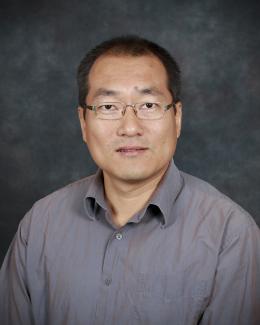Abstract
Electricity-driven heat pumps using vapor compression cycle are an energy-efficient
solution to replace fossil fuel burning and reduce greenhouse gas emissions for space heating in
residential buildings. However, heating capacity and Coefficient of Performance (COP) of heat
pumps degrade significantly with increasing temperature difference between ambient and indoor
environments. Residents and building owners are hence reluctant to fully embrace electric heat
pumps. The use of conventional all-electric heat pumps also causes concern for electric utilities
due to an increased winter peak demand arising from the use of supplemental electric resistance
heaters.
Our research is an attempt to alleviate these concerns by designing and laboratory testing
a thermoelectric (TE) heat pump cascaded with a vapor compression cycle to enhance heating
capacity and COP. TE modules increase the subcooling in the refrigerant liquid of the vapor
compression cycle to enlarge the evaporating capacity and works at an efficiency greater than a
conventional electric resistance strip. This results in a simple, affordable, efficient and highly
controllable solution to adequately meet space heating needs in dwellings. The laboratory testing
of the 3-stage cascaded TE heat pump performed in this research has exhibited a higher heating
capacity by above 15%, while maintaining a heating COP of 2.0-3.6 in the ambient temperature
range of -18˚C to 8˚C (0˚F to 47 ˚F), which represents more than 60% of winter temperatures
observed in US. If successfully commercialized, this technology can advance space-heating
electrification by overcoming consumer cost barrier of heat pumps.


